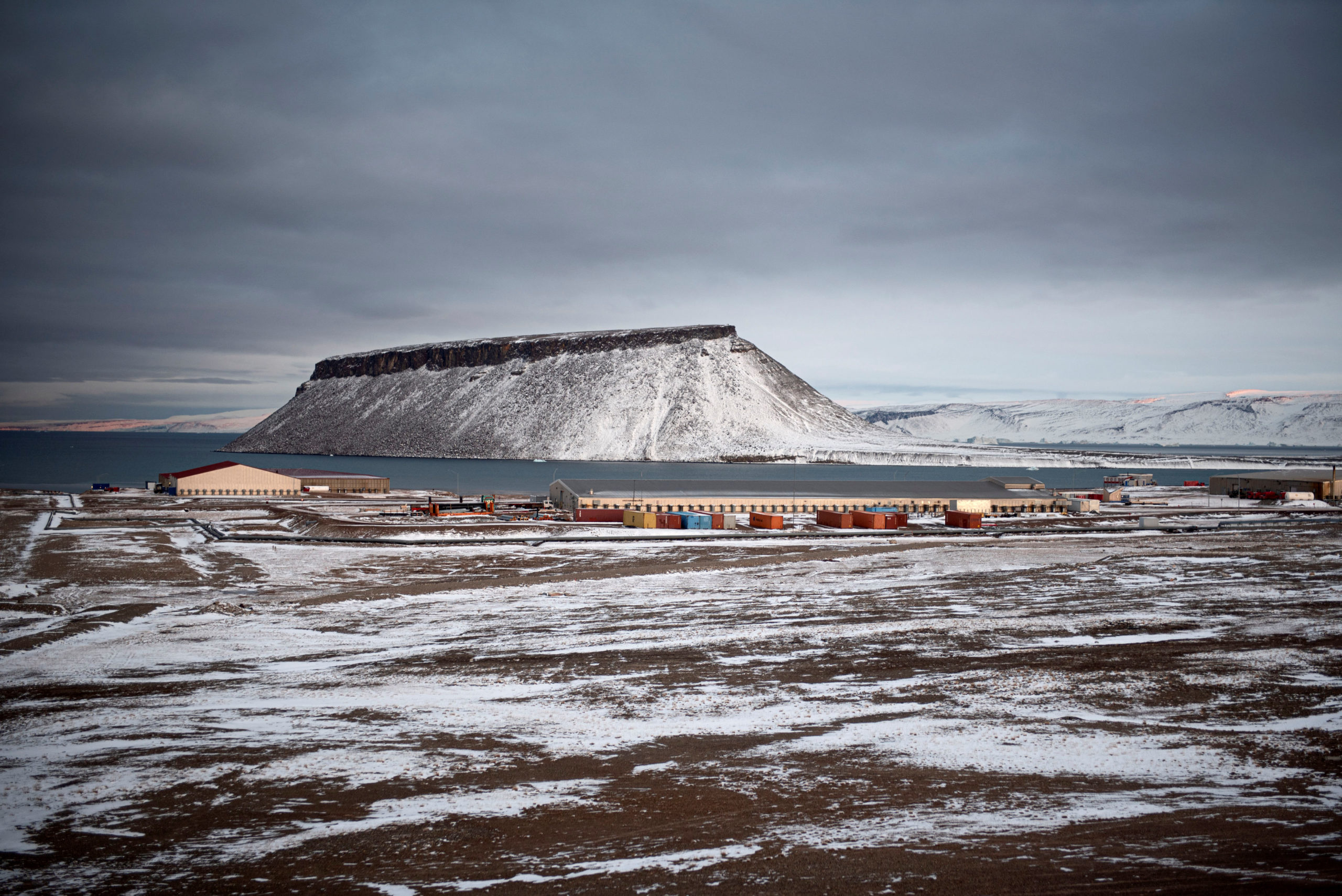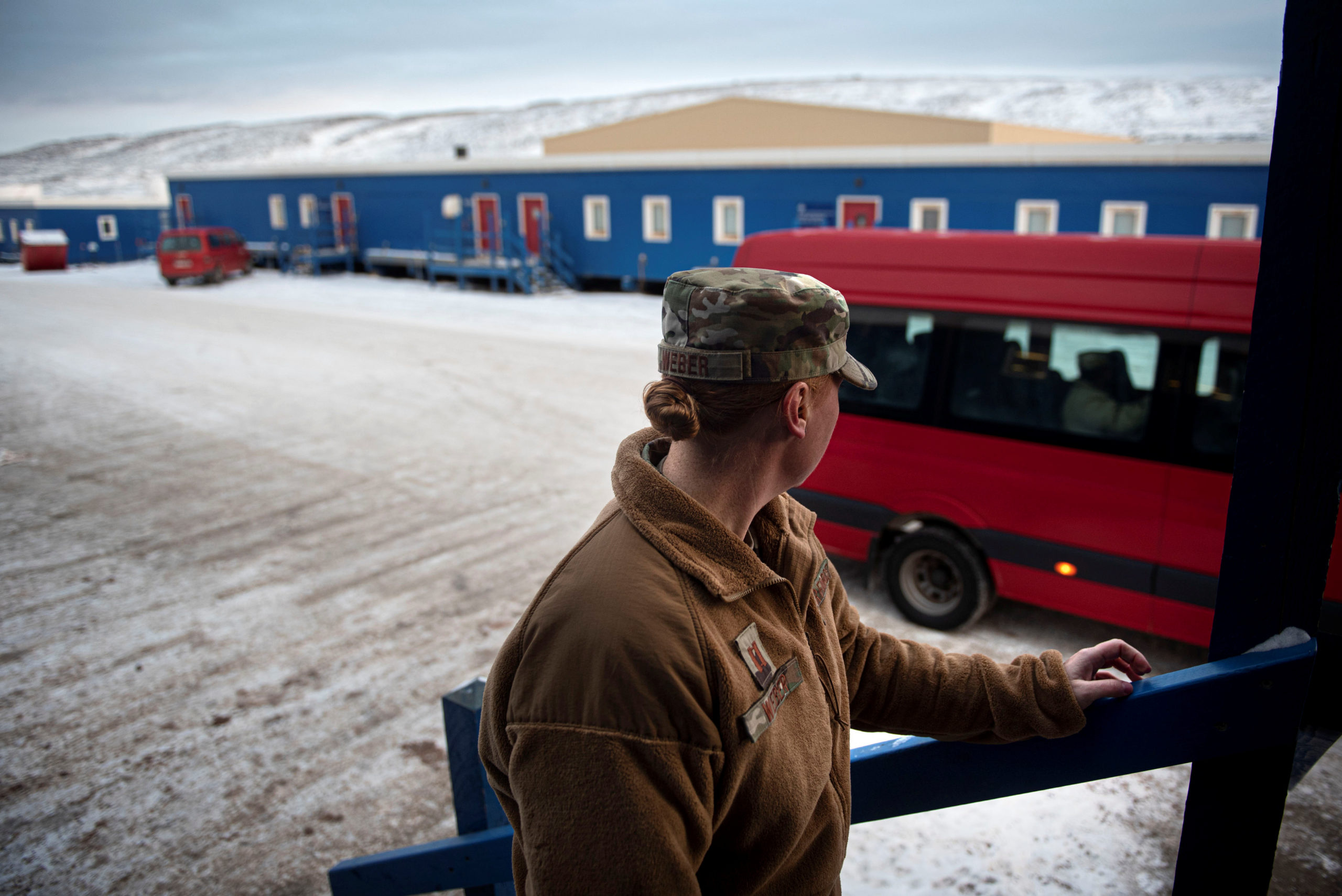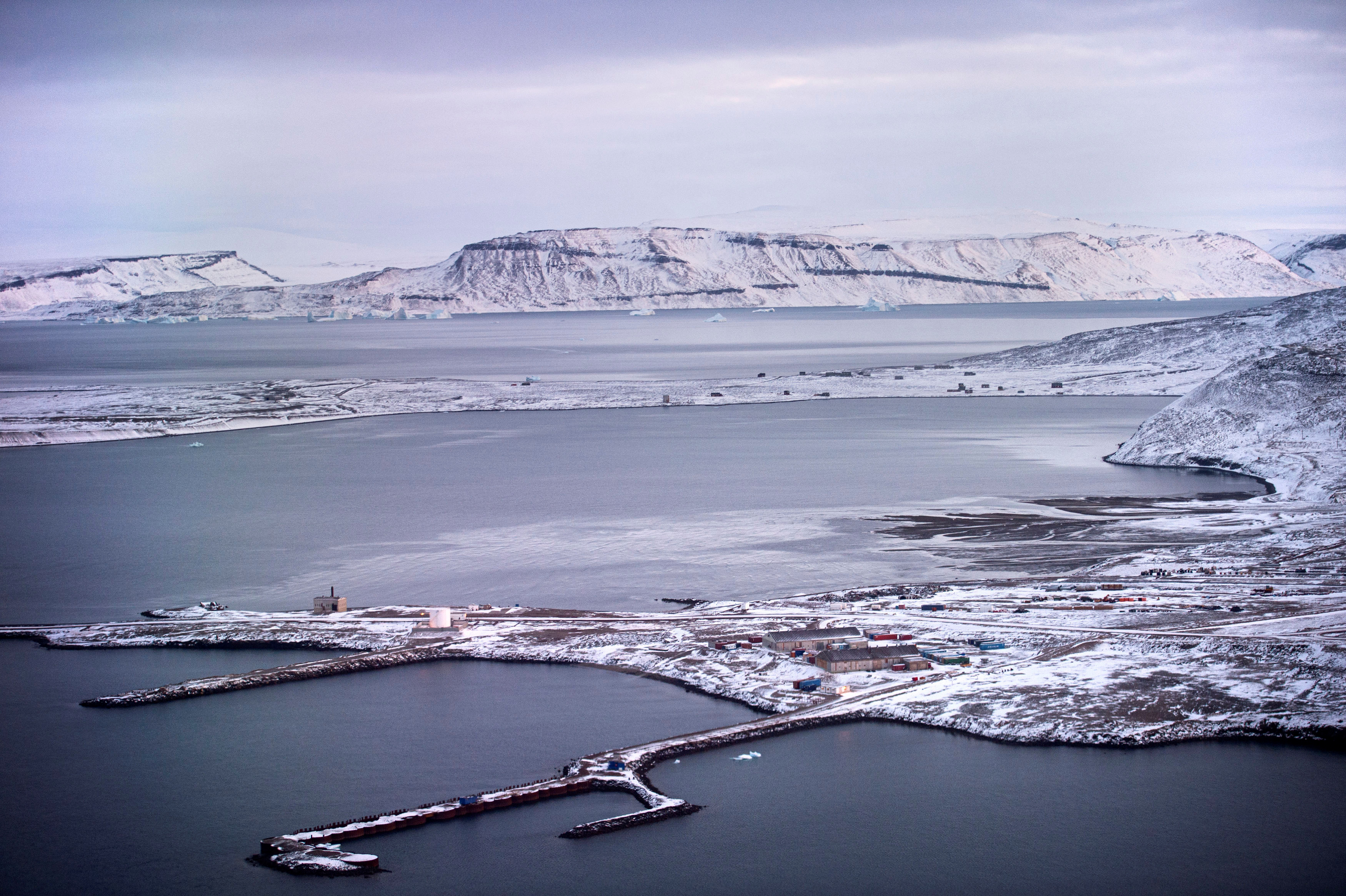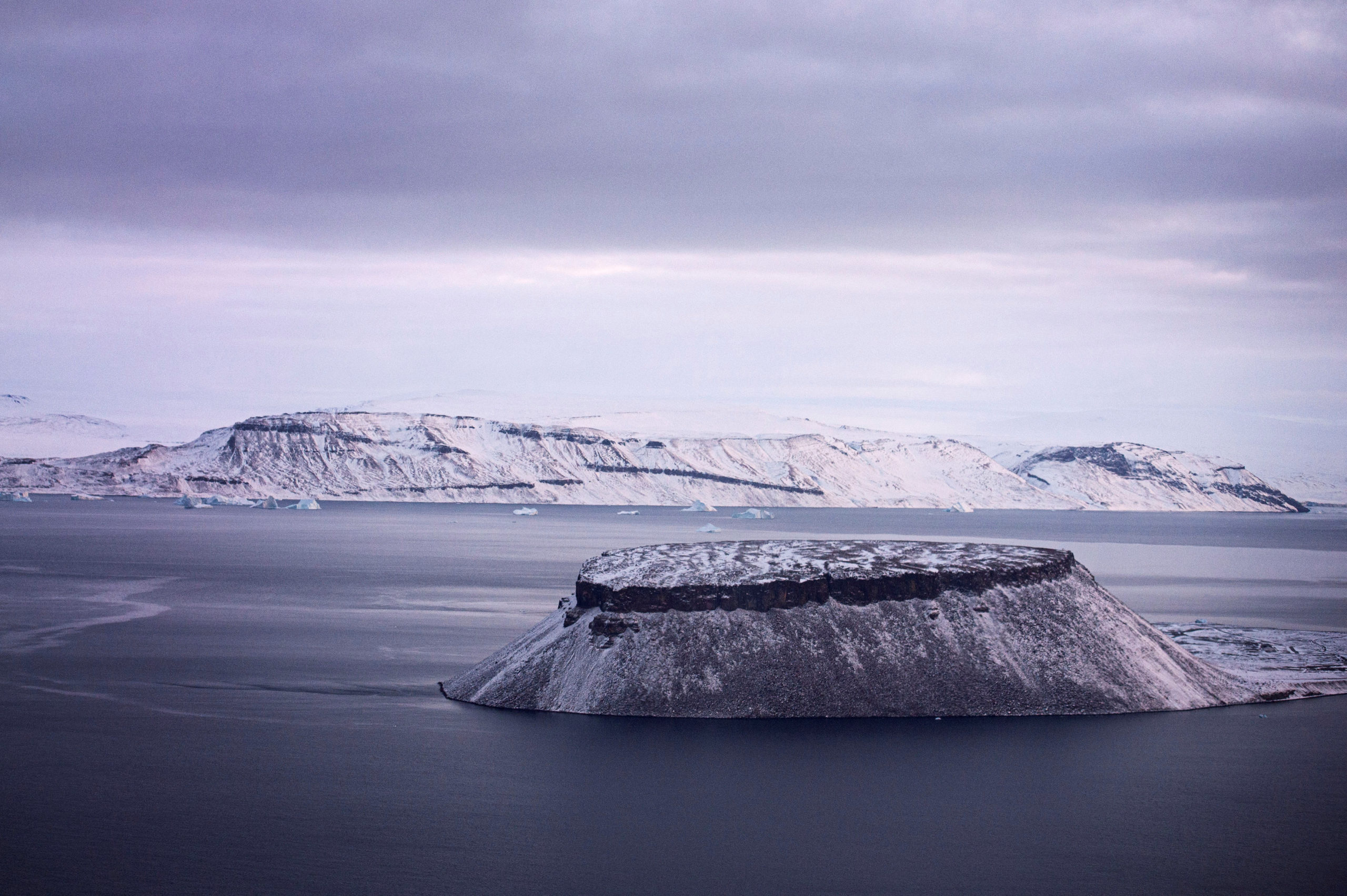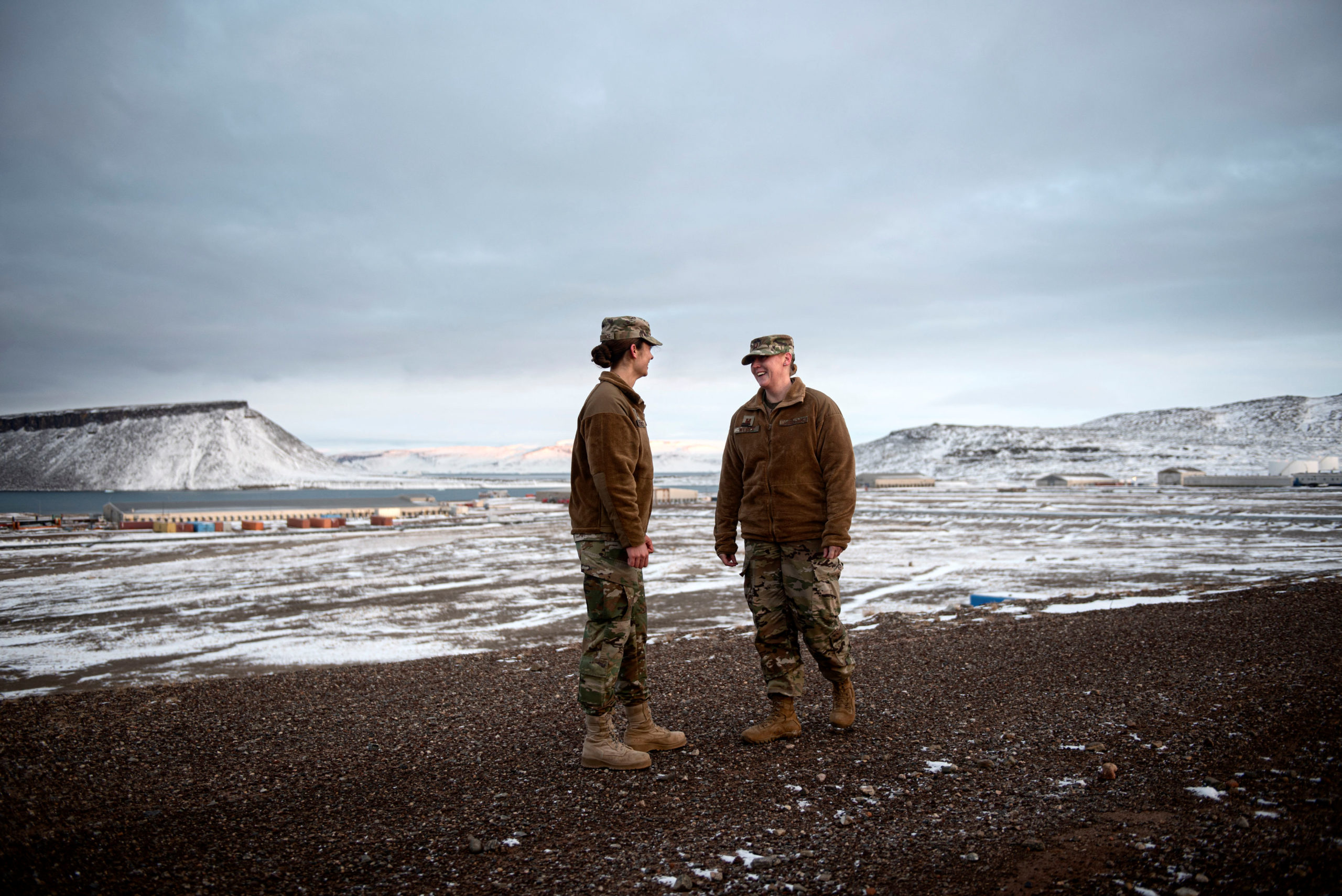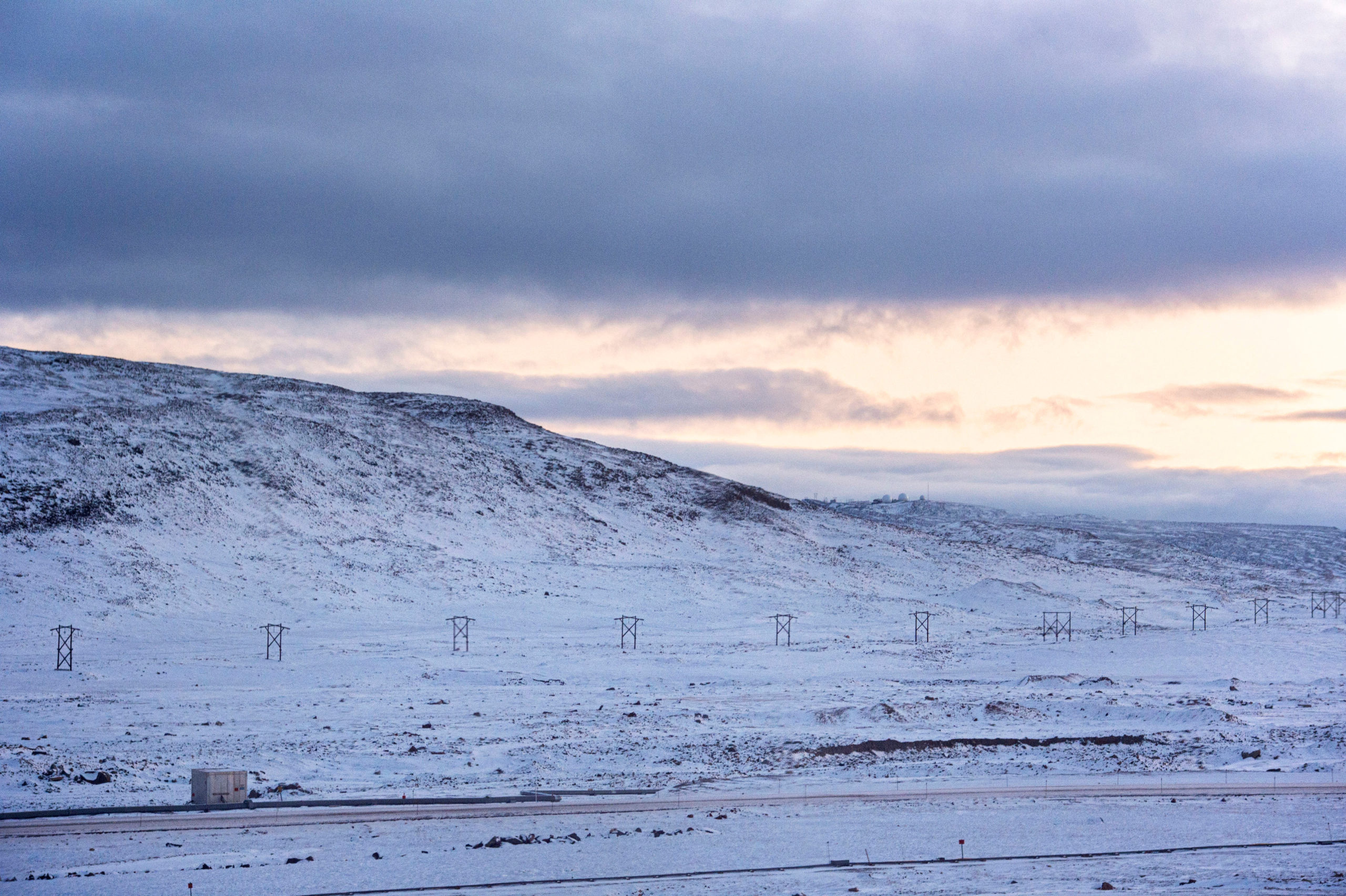The US Air Force’s first Arctic strategy emphasizes geopolitics, space
But missteps in the report's launch could reveal gaps in the service's understanding of the region.
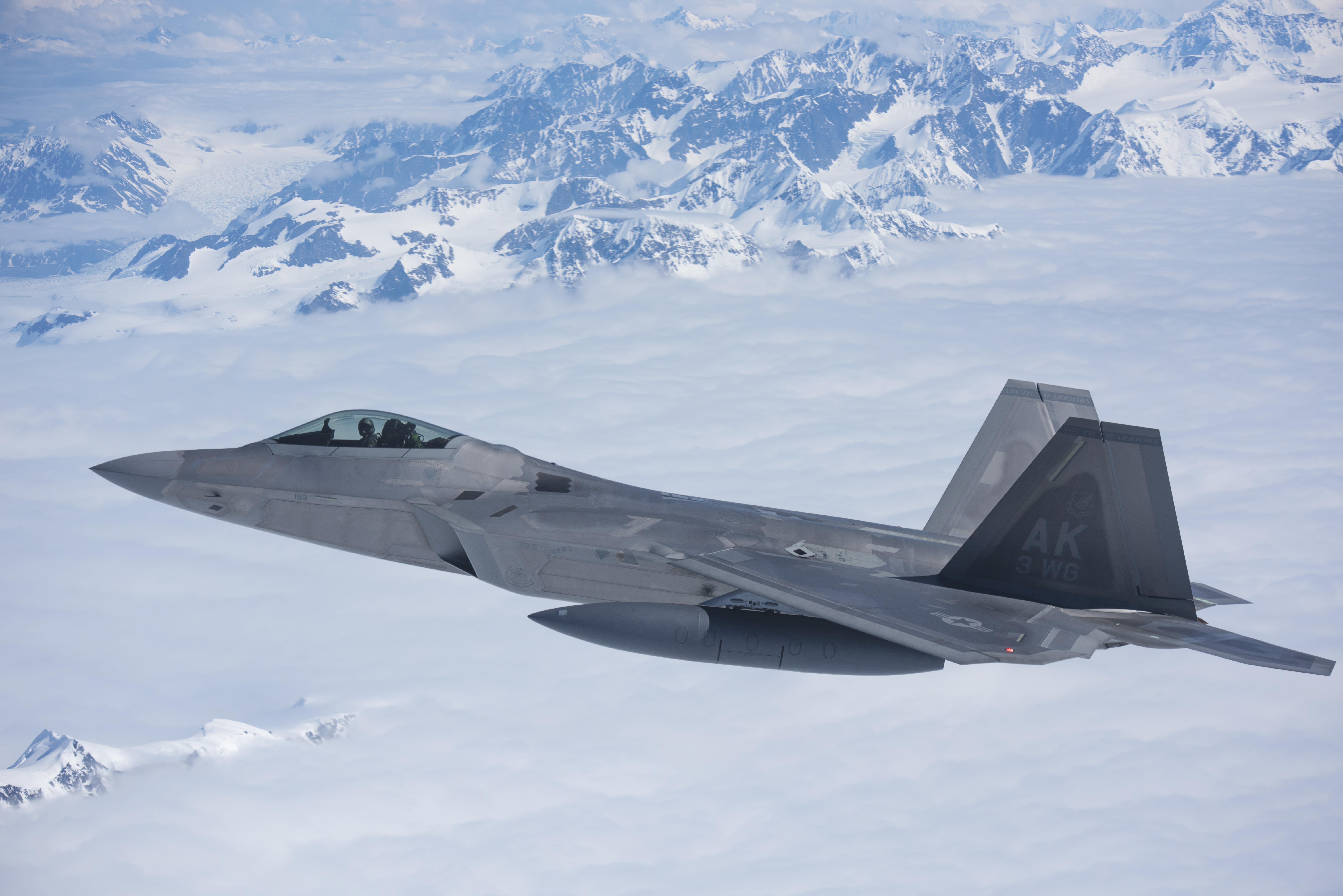
The U.S. Air Force released its first-ever Arctic strategy on Tuesday, signaling an increasing interest in the region from U.S. military services.
At an event to launch the strategy, Barbara Barrett, Secretary of the Air Force, called the Arctic a “critical domain” for protecting the United States and its interests.
However, Barrett also made a few missteps in how she characterized the Danish-Greenlandic relationship and the importance of Indigenous peoples in the Arctic that could demonstrate gaps in the Air Force’s understanding of the region.
The Air Force is the major component of the U.S. Defense Department’s presence in the region, with 79 percent of the department’s Arctic resources and assets.
Much of the new strategy echoes previous documents from the Departments of Defense and Homeland Security, which houses the U.S. Coast Guard.
It highlighted the increasing military and economic power of Russia and China in the region. And it called for “vigilance in all domains,” including air, space and cyberspace; projecting power but maintaining partnerships with allies; and training for Arctic operations.
Barrett said the strategy upholds the Defense Department’s focus on “defending the homeland, maintaining favorable balances of power in the Arctic and keeping common domains free and open.”
But the secretary made some blunders, especially while addressing the role of Indigenous peoples in the the Air Force’s new Arctic outlook.
While talking about the importance of working with partners, Barrett said, “We work with Denmark, another Arctic nation by virtue of their leadership as owners of Greenlanders,” before correcting to “their work in Greenland.”
And in response to a question about the role of Indigenous communities in the new strategy, Barrett focused solely on those communities ability to adapt to a cold climate. “The Indigenous peoples — it’s no news to them, the coldness, the harsh environment,” she said, adding that “Indigenous peoples are key to our ability to operate there and everywhere else in our military.”
Misunderstanding the role of Indigenous peoples in military strategy can stymie efforts at progress in the region, Robert Huebert, associate professor at the University of Calgary, told ArcticToday.
For instance, upgrading and maintaining NORAD radar sites in Canada’s far North requires close collaboration with Indigenous communities and a reliance on Indigenous knowledge about Northern environments and priorities, he said.
Huebert said he was also surprised to see little mention of NORAD in the new strategy. Part of it could be the Canadian government’s reluctance to fund upgrades to the system, he said, but he was taken aback by the relatively few references to important Canadian collaboration in the report.
NORAD, he said, responds to all of the core issues the report outlines, including the changing international and geopolitical environments. “We’ve been doing that in complete cooperation since ’56,” Huebert said.
The strategy itself represents important moves forward, he said, although they fall short of meaningful investment in the region.
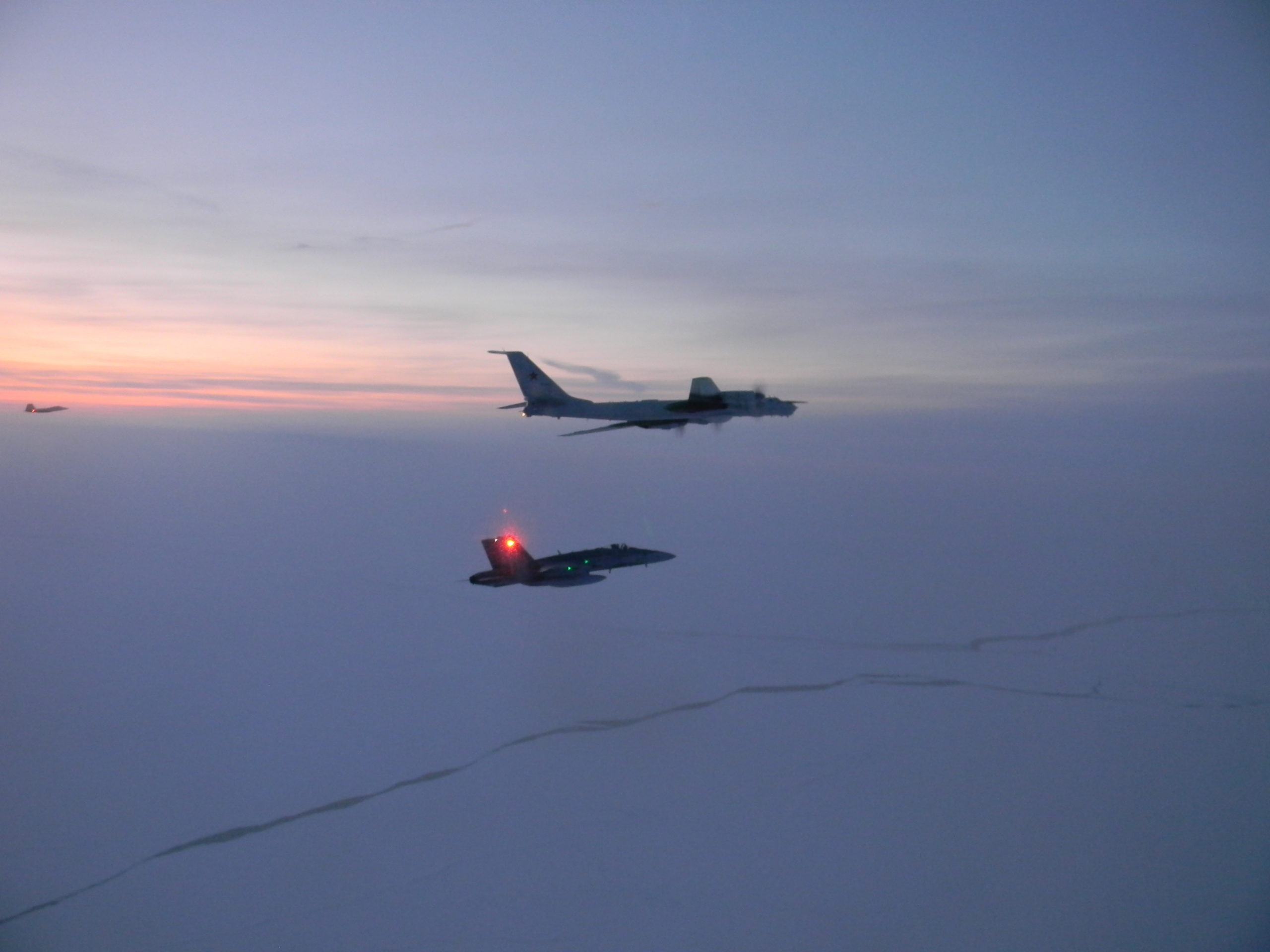
Heather Conley, senior vice president for Europe, Eurasia, and the Arctic at the Center for Strategic and International Studies, said the document was “refreshingly clear and informative.”
By positioning the U.S. role in Arctic as a “strategic imperative,” the strategy goes beyond merely reiterating that the United States is an Arctic nation and thus needs to have a plan for the region, she told ArcticToday.
“There were some interesting and important new ideas put forward: creating an Arctic communications road map, modernizing polar mobility platforms and developing an Arctic basing concept,” she said. The strategy also acknowledged the effects of climate change on U.S. military facilities, including thawing permafrost at Thule Air Base.
Conley pointed to the “relatively unknown” fact that the Air Force holds the overwhelming majority of defense assets — and she also pointed out that the “most active” department in the region took a long time to develop its first strategy.
Conley would have liked to see more of a focus on deterrence, rather than vigilance, including important upgrades to NORAD’s North Warning System.
The strategy also brings a relatively new frontier into the Arctic security discussion: space.
Gen. John Raymond, chief of space operations for U.S. Space Force, said that one of the service’s key duties is missile warning, and “the Arctic is our front edge of that mission” with bases in Alaska and Greenland. He also pointed to the region’s ideal location for commanding and controlling satellites in polar orbits. “Where better to do it than on top of the world at the pole?”
Huebert pointed out that space command has, in fact, long been included in NORAD’s portfolio.
“It’s new in the context of expressing it so clearly,” Huebert said. “But the reality is, space has always been a central component.”
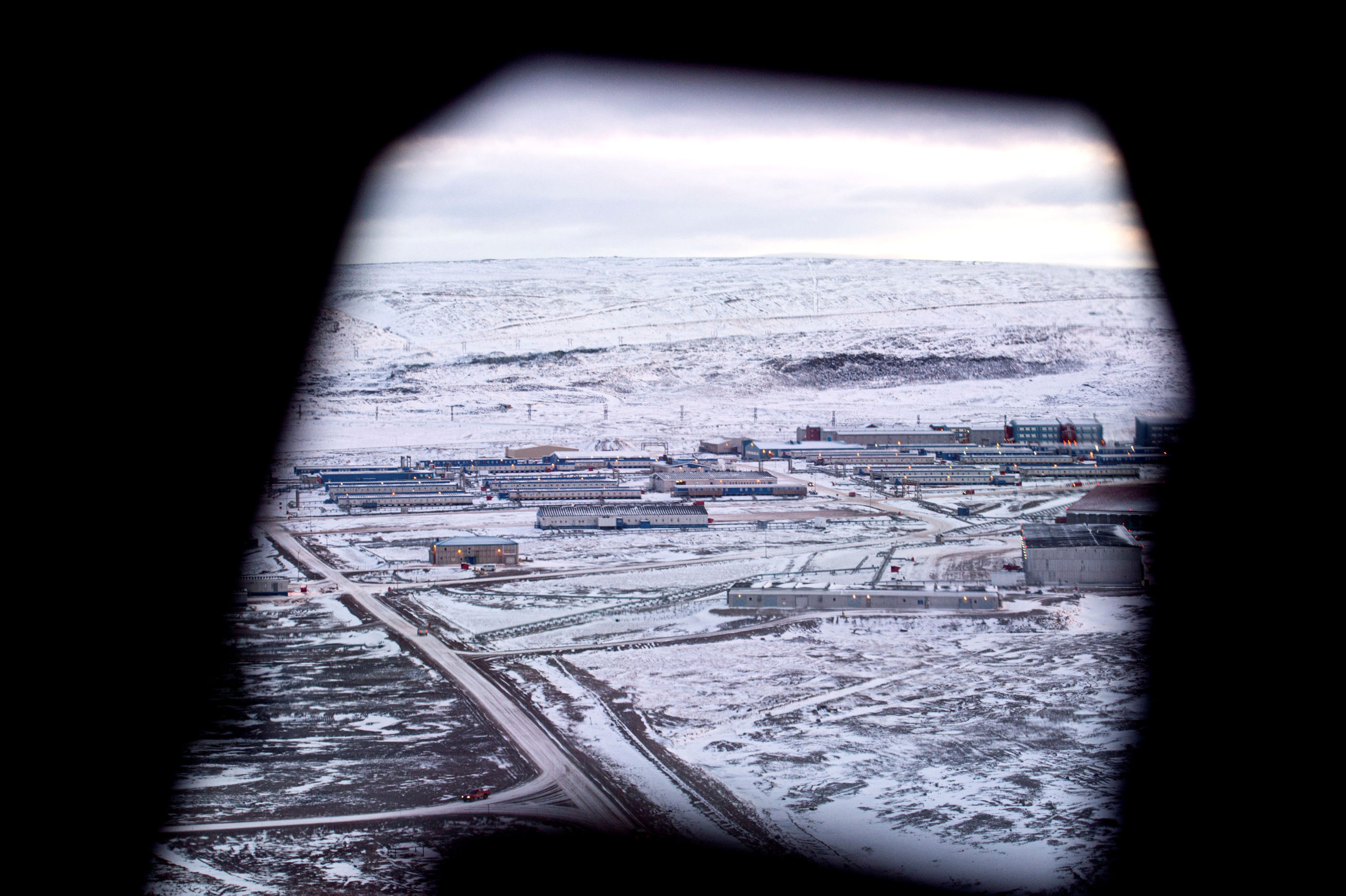
At the report’s launch, Barrett pointed to Russia’s recent investments in the Arctic, including a network of offensive air assets and coastal missile systems. “With new technologies, we really have to be attentive to what the new capabilities are, and the geostrategic significance of the Arctic altogether,” she said.
Barrett acknowledged the important of partnerships in the region, highlighting in particular collaborations with Canada, but she explicitly left out Russia: “The United States deeply appreciates its strong defense relationships with six of the seven other Arctic nations.”
She also echoed recent Trump administration rhetoric warning about China’s interest in the region, saying that “China is trying to normalize its presence in the Arctic to gain access to regional resources,” including oil reserves and deposits of rare earth metals. “Many are concerned that China may repeat what some see as predatory economic behavior to the detriment of the region,” she said.
Huebert cautioned against the report’s assertion that the Arctic represents a new geopolitical challenge, particularly in regard to Russia.
The report talks about “the new geopolitical environment,” he said, but in reality, it’s not new. “The Russians never stopped wanting to be a great power,” he said.
The U.S. military “is coming up with new responses, but it’s not a new environment,” he said.
Gen. David Goldfein, the Air Force chief of staff, struck a more conciliatory tone when it came to Russia.
“Are there areas of common interest we can find above the 66th parallel that perhaps we’re not able to find below?” he asked.
“If we’re sophisticated in our dialogue with Russia, there has to be a few areas of common interest that we can find where we can be better together than we are separately,” Goldfein said.
The purpose of strengthening the U.S. military in the north, he said, “is to arm our diplomats to negotiate to a better peace, to a better place for the United States and our allies and partners.”
